MEDITATION
(And the City Above)

REVELATION 21:16
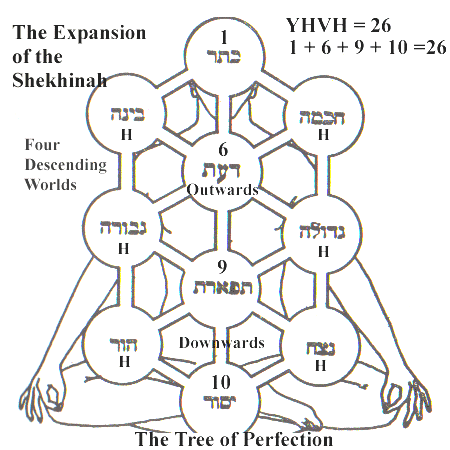
I'D RATHER BE SITTING
Fitting Meditation Into an Already Crowded Life in the New Year (2004)
by Douglas Imbrogno
MEDITATION
(And the City Above)

REVELATION 21:16

I'D RATHER BE SITTING
Fitting Meditation Into an Already Crowded Life in the New Year (2004)
by Douglas Imbrogno
"The magazine Tricycle once ran a feature in which they asked: 'Why do you meditate?' One person responded: 'It keeps me sane.' It's commonplace nowadays to see references in newspapers, magazines and on TV, encouraging us to take up yoga and meditation. As another new year commences many people will fire up their good intentions and vow that, YES, IT'S TIME TO TAKE THAT ADVICE. I'm heading for the cushion or mat in 2004.
I'd like to offer my own perspective as someone who has had an on-again, off-again meditation practice (mostly 'on' but a lot of times 'off') for more than 10 years. I wish I could offer myself as more of an expert on meditation. For several years I edited a Web journal called Hundred Mountain (still online at www.hundredmountain.com). It features articles and columns about vispassana, or insight meditation in the Buddhist tradition, the kind of meditation I practice. The site encouraged people to begin meditation, to stick with it and deepen their own practices.
I am also one of the founding members of the Meditational Circle of Charleston (West Virginia), a small...nondenominational group of people interested in learning insight meditation--with a little help and support from their friends...
We often have romantic notions about meditation and spiritual practices. We also have a bunch of EXPECTATIONS ABOUT HOW THEY MIGHT CHANGE OUR LIVES. So then we try to meditate. And then we often give it up because it seems too hard to fit into OUR BUSY DAILY LIVES. Or just plain too hard. Then we try again because an article or talk inspired us. Or maybe we had a taste of something while trying meditation It's a taste of SOMETHING CLEARER OR MORE PROFOUND than other things we do with OUR BODY AND MIND to address the discomfort of distracted, often frantic modern lives.
Even if we have had that taste, why are our mediation practices so erratic and spotty? I am speaking for myself here. But I know from helping to lead meditations in West Virginia that erratic meditation shedules...are the norm for many of us lay people. Even just beginning is hard enough, which is why group support can be essential. I know, though, that when I keep up a regular meditation practice, MY LIFE'S UPS AND DOWNS smooth out considerably.
One of my main meditation teachers is Bhante Henepola Gunaratana, founder of the Bhavana Society Buddhist monastery and retreat center in Hampshire County and author of the popular guide to meditation 'Mindfulness in Plain English' (Wisdom Books). He says that if we are serious about meditation, we must be firm with ourselves, WE MUST MAKE THE EFFORT AND STICK WITH IT.
I once asked him , 'If we are truly serious about our meditation practices, how much should we be meditating every day?'...
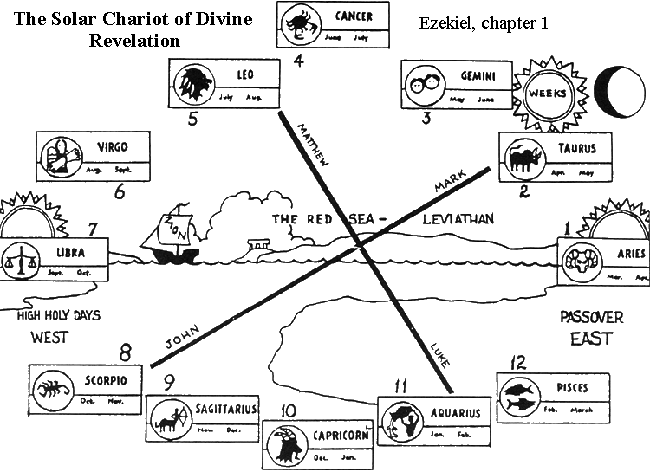
Hebrews 3:13 to 4:12 (KJV).
He responded, 'I think every day--at least 30 minutes IN THE MORNING, 30 minutes IN THE EVENING--you must meditate. The minimum. That is not a fixed or mandatory limit, of course. But given people's active and bust lives, that is the minimum, I think for someone who is serious about meditation practices...
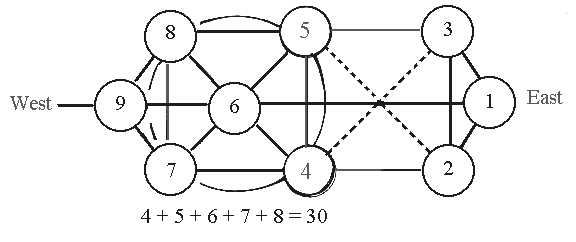
Sometimes, because of the way I choose to live my daily life, I fall completely out of routine. Then I find nearly a week or two has gone by. I plead a too-busy life. I plead exhaustion. I plead having to wake up to a busy household in which my wife and I must get two children dressed, fed and off to school...Accordingly, my life becomes rockier, a little crazier. Less sane in other words.
I have come to the realization (THE REALIZATION, MIND YOU, NOT NECESSARILY THE RESOLVE) that the most pertinent question is not, 'How do I fit meditation into my busy life?' The more useful question is, 'How do I fit my life around my meditation practice?' Because if we don't make such a real commitment, ALL OUR EFFORTS AT SPIRITUAL PRACTICE WILL BE JUST A SERIES OF INADEQUATE GOOD INTENTIONS, EVEN DELUSIONS.
C. S. Lewis...once wrote: 'WE READ OF SPIRITUAL EFFORTS, AND OUR IMAGINATION MAKES US BELIEVE THAT, BECAUSE WE ENJOY THE IDEA OF DOING THEM, WE HAVE DONE THEM. I AM APPALLED TO SEE HOW MUCH OF THE CHANGE I THOUGHT I HAD UNDERGONE LATELY WAS ONLY IMAGINARY. THE REAL WORK SEEMS STILL TO BE DONE. IT IS SO FATALLY EASY TO CONFUSE AN AESTHETIC APPRECIATION OF THE SPIRITUAL LIFE WITH THE LIFE ITSELF--TO DREAM THAT YOU HAD WAKED, WASHED, AND DRESSED AND THEN TO FIND YOURSELF STILL IN BED.'
So here is a wish for you--and for me--in 2004. May we all get some some good rest tonight, AWAKE EARLY FROM BED and head for our respective cushions and chairs. And not just dream of doing it." The Charleston Gazette, January 11, 2004.
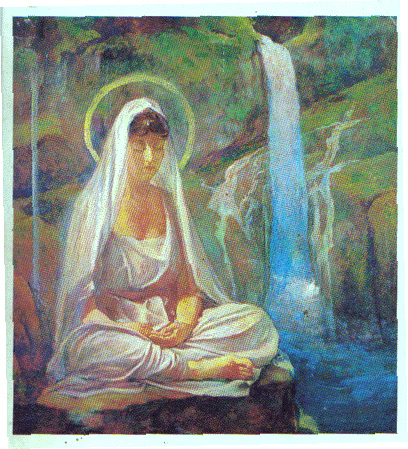
MEDITATION TAMES THE MIND
By Bhante Henepola Gunaratana
"The variety of possible OBJECTS OF MEDITATION is nearly unlimited, and human beings have used an enormous number down through the ages. The method we are explaining here, however, is considered the most traditional and is probably what Gotama Buddha taught his students. The Satipatthana Sutta, the Buddha's original discourse on mindfulness, specifically says THAT ONE MUST BEGIN BY FOCUSING THE ATTENTION ON THE BREATHING (The Word) AND THEN GO ON TO NOTE ALL OTHER PHYSICAL AND MENTAL PHENOMENON THAT ARISE.
We sit, watching the (invisible) AIR going in and out of our noses. At first glance, this seems an exceedingly odd and useless procedure. Before going on to further instructions, let us examine the reason behind it. The first question we might ask is WHY USE ANY FOCUS OF ATTENTION AT ALL?...
The Central Pillar of the Tree of Life...(Psalm 74:12-14; Ps.118:19-23).
"These are the 7 (descending and ascending) chakras, and the 22 pathways of the Sacred Tree of Life. Along with the other systems of tantric thought, they are directly related to the Seven primary levels of human consciousness. They are channels flowing into and out of the natural realm, and connect the central points of interaction that exist between the individual soul, the outside world, and the presence of God who inhabits all. The soul's task, once it has descended into the mystery of Life, is to explore the darkness--to go down, as it is, into the empire of its own existence, and to engage the lower thought forms (the "enemy") and to overcome them wherever they are found. The soul must spend its entire lifetime bringing the faculties of the body and mind into subjection, and in the process illuminating or opening up the chakras to the light of higher reality. When the lowest chakra is subdued--brought under subjection and illuminated--the whole body is full of light, and the mystical union between the Mind of God, and the mind of the individual soul is completed. (Or rather can be completed with the proper alignment of concepts and the right revelations.) The soul's descent into the lowest parts of its own existence is directly analogous in the interior world to the Holy Nation's descent on the historical plane to the lowest, most Western parts of the earth, as it is written: ...that they might be called Trees of Righteousness, the planting of the Lord, that He and She might be glorified...(Isaiah 61:3). It is to fulfill the words, 'as above so below', 'On earth as it is in heaven.'"
...We are, after all, trying to develop awareness. Why not just sit down and be aware of whatever happens to be present in the mind? In fact there are meditations of that nature. They are sometimes referred to as unstructured meditation, and they are quite difficult. THE MIND IS TRICKY. Thought is an inherently complicated procedure. By that we mean we become trapped, wrapped up and stuck in the thought chain. One thought leads to another, which leads to another, and another and another, and so on. Fifteen minutes later we suddenly wake up and realize we spent that whole time STUCK IN A DAY DREAM or sexual fantasy or a set of worries about our bills or whatever.
CONCENTRATION IS OUR MICROSCOPE FOR VIEWING SUBTLE INTERNAL STATES. WE USE THE FOCUS OF ATTENTION TO ACHIEVE ONE-POINTEDNESS OF MIND...
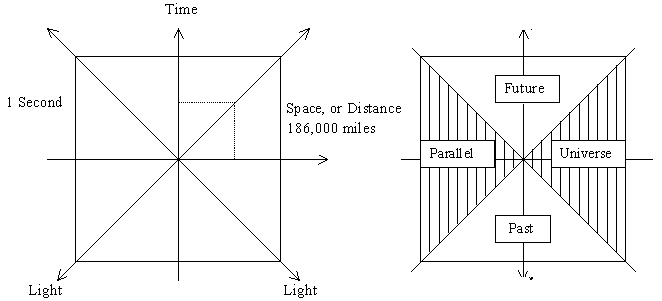
In the Beginning...(Genesis 1:1; John 1:1-14...KJV)
...with calm and constantly applied attention. WITHOUT A FIXED REFERENCE POINT YOU GET LOST, overcome by the ceaseless flowing round and round within the mind.
We use the breath as our focus. It serves as that vital reference point from which the mind wanders and is drawn back. Distraction cannot be seen as distraction UNLESS THERE IS SOME CENTRAL FOCUS TO BE DISTRACTED FROM. That is the frame of reference against which we can view the incessant changes and interruptions that go on all the time as a part of normal thinking.
Ancient Pali texts liken meditation to the process of taming a wild elephant. The procedure in those days was to tie a newly capture animal to a post with a good strong rope. When you do this, the elephant is not happy. He screams and tramples and pulls against the rope for days. Finally it sinks through his skull that he can't get away and he settles down. At this point you can begin to feed him and to handle him with some measure of safety. Eventually you can dispense with the rope and post altogether, and train your elephant for various tasks. Now you've got a tamed elephant that can be put to useful work.
IN THIS ANALOGY, the wild elephant is your wildly active mind, the rope is mindfulness, and the post is the object of meditation-breathing. The tamed elephant that emerges from this process is a well-trained, concentrated mind that can then be used for the exceedingly tough job of piercing the layers of illusion that obscure reality. Meditation tames the mind." TheCharleston Gazette.
"The horse of mind must be caught with the lasso of purpose, tied to the pole of meditation, fed with the master's teachings, and watered from the stream of consciousness. The horse of mind is ridden by the youth of intellect, along the widespread plain of happiness, and arrives at last at the state of Buddhahood." Tibet's Great Yogi, Mila Rapa.
YOGA METHODS...Religion is a matter of experience. Your religion must become a heartfelt realization that your true nature is spiritual, that you are One with the Universal Spirit (God, the Creator). Vedanta stresses the idea of self-effort and personal responsibility. It encourages everyone to realize the God within by certain methods, called yogas, which channel the divine tendencies we already possess. The ideal is to practice a harmonious balance of the Four Yogas:
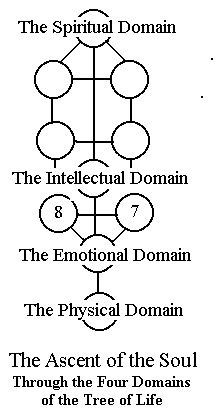
BHAKTI-YOGA is for the person with an emotional nature, the lover. It teaches a devotional relationship with God, since God is Love itself.
JNANA-YOGA is the approach to spiritual enlightenment through discrimination and reason. This path makes strong use of the powers of mind. It is the path of the philosopher who wants to go beyond the visible universe.
KARMA-YOGA is for the worker. It teaches us how to work in a spirit that will bring peace of mind, and yet harness the natural desire to be productive.
RAJA-YOGA is sometimes called the yoga of meditation. It is the soul of all the yogas. The emphasis here is on controlling the mind through concentration and meditation. Raja-yoga is called the psychological way to union with God.